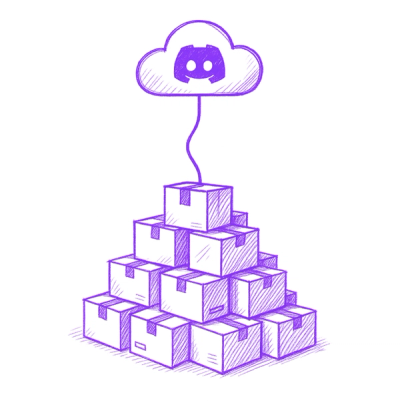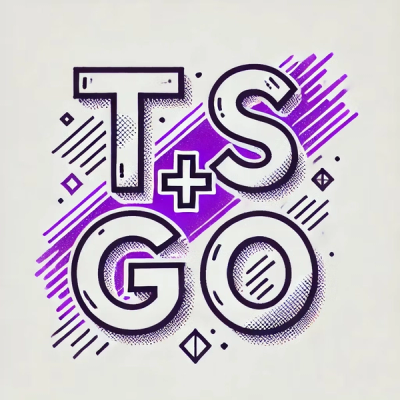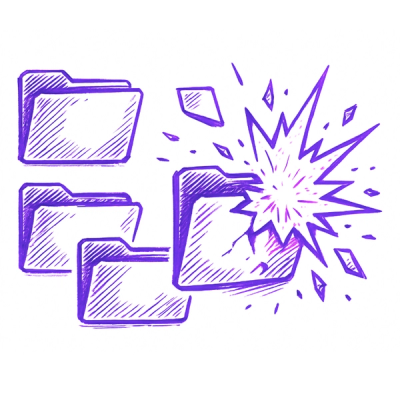WebGLTextureLoader libraries
The gre/webgltexture-loader repository hosts libraries around webgltexture-loader, utility to load various kind of textures and by supporting an extensible number of formats.
The webgltexture-loader library is a core WebGL Texture loader implementation to be used by frameworks like gl-react. You need to build a small helper to hook things together (as things are initially uncoupled). That said, the following gist is a proof it's still viable to directly use it.
The gist
import { LoaderResolver } from "webgltexture-loader";
import "webgltexture-loader-dom";
const canvas = document.createElement("canvas"); document.body.appendChild(canvas);
const gl = canvas.getContext("webgl");
const resolver = new LoaderResolver(gl);
function load (input) {
const loader = resolver.resolve(input);
if (loader) {
return loader.load(input);
}
return Promise.reject();
}
load(
"https://i.imgur.com/wxqlQkh.jpg"
)
.then(({ texture }) => {
const program = createDemoProgram(gl);
const tLocation = gl.getUniformLocation(program, "t");
gl.activeTexture(gl.TEXTURE0);
gl.bindTexture(gl.TEXTURE_2D, texture);
gl.uniform1i(tLocation, 0);
gl.drawArrays(gl.TRIANGLES, 0, 3);
});
function createDemoProgram (gl) {
gl.viewport(0, 0, gl.drawingBufferWidth, gl.drawingBufferHeight);
const buffer = gl.createBuffer();
gl.bindBuffer(gl.ARRAY_BUFFER, buffer);
gl.bufferData(
gl.ARRAY_BUFFER,
new Float32Array([-1, -1, -1, 4, 4, -1]),
gl.STATIC_DRAW
);
const vertexShader = gl.createShader(gl.VERTEX_SHADER);
gl.shaderSource(
vertexShader,
`\
attribute vec2 p;
varying vec2 uv;
void main() {
gl_Position = vec4(p,0.0,1.0);
uv = 0.5 * (p+1.0);
}`
);
gl.compileShader(vertexShader);
const fragmentShader = gl.createShader(gl.FRAGMENT_SHADER);
gl.shaderSource(
fragmentShader,
`\
precision highp float;
varying vec2 uv;
uniform sampler2D t;
void main() {
gl_FragColor = mix(texture2D(t, uv), vec4(1.0), min(pow(2.*uv.x-1.,6.)+pow(2.*uv.y-1.,6.)+ 0.1 * step(fract(20.*uv.y+cos(16.*uv.x)), 0.2), 1.0));
}`
);
gl.compileShader(fragmentShader);
var program = gl.createProgram();
gl.attachShader(program, vertexShader);
gl.attachShader(program, fragmentShader);
gl.linkProgram(program);
gl.useProgram(program);
var p = gl.getAttribLocation(program, "p");
gl.enableVertexAttribArray(p);
gl.vertexAttribPointer(p, 2, gl.FLOAT, false, 0, 0);
return program;
}
WebGLTextureLoader ?
a WebGLTextureLoader<T> is an object created with a gl: WebGLRenderingContext that implements loading a WebGLTexture with a given input / config object.
type TextureAndSize = {
texture: WebGLTexture,
width: number,
height: number
}
class WebGLTextureLoader<T> {
constructor(gl: WebGLRenderingContext)
canLoad(input: any): boolean
load(input: T): Promise<TextureAndSize>
get(input: T): ?TextureAndSize
update(input: T)
}
If loader.canLoad(input) is true, the loader can be used:
loader.get(input) returns a {texture} object as soon as the input is loaded. Otherwise it returns null, and you need to call loader.load(input) (which returns a promise you can optionally use).
When the load(input) promise is fulfilled, it is guarantee that loader.get(input) returns a result. It is also guarantee that 2 call to the same loader.load(input) is idempotent and returns the same Promise.
Why is there both get and load API?
The dual get and load is defined to allow the best of the 2 worlds paradigms: async and sync. Typically, you can call get() in a requestAnimationFrame loop (and call load if it fails so the future frames will eventually have it resolved). But, in a more async paradigm, you can wait the load() Promise.
A second reason is that some Loader are simply sync by nature. For instance, the HTMLCanvasElement or ndarray loaders. (this is transparent when using the API).
Th idea behind get(input) is also to allow functional/"descriptive" way like an object coming from React (e.g. in React, user sent again and again the full state tree and therefore don't keep state, input might just be an new object each time, the library do the reconciliation in some way).
LoaderResolver
A LoaderResolver allow to resolve the first WebGLTextureLoader that canLoad the input.
const maybeLoader = new LoaderResolver(
gl,
optionalRegistryToUse
).resolve(input);
Available loaders
Loaders implementation are available via various NPM packages. The idea of each is that they both expose the loader class but they will also automatically add itself in the globalRegistry (as soon as imported in the bundle). So typically you need to import "webgltexture-loader-WHATEVER;" them all and use new LoaderResolver(gl) to use the globalRegistry.
webgltexture-loader-dom add all DOM only loaders:
webgltexture-loader-dom-canvas for a HTMLCanvasElementwebgltexture-loader-dom-video for a HTMLVideoElementwebgltexture-loader-dom-image-url support for image by giving it's URL (as a string input).
webgltexture-loader-ndarray add NDArray loader support.webgltexture-loader-react-native add all React Native loaders (using react-native-webgl)
webgltexture-loader-react-native-config add the generic Config format of react-native-webglwebgltexture-loader-react-native-imagesource add support of ImageSource (same format as in React Native Image source prop).
webgltexture-loader-expo exposes loaders for Expo (EXGLView). They might soon be replaced by webgltexture-loader-react-native if it gets migrated to react-native-webgl.



